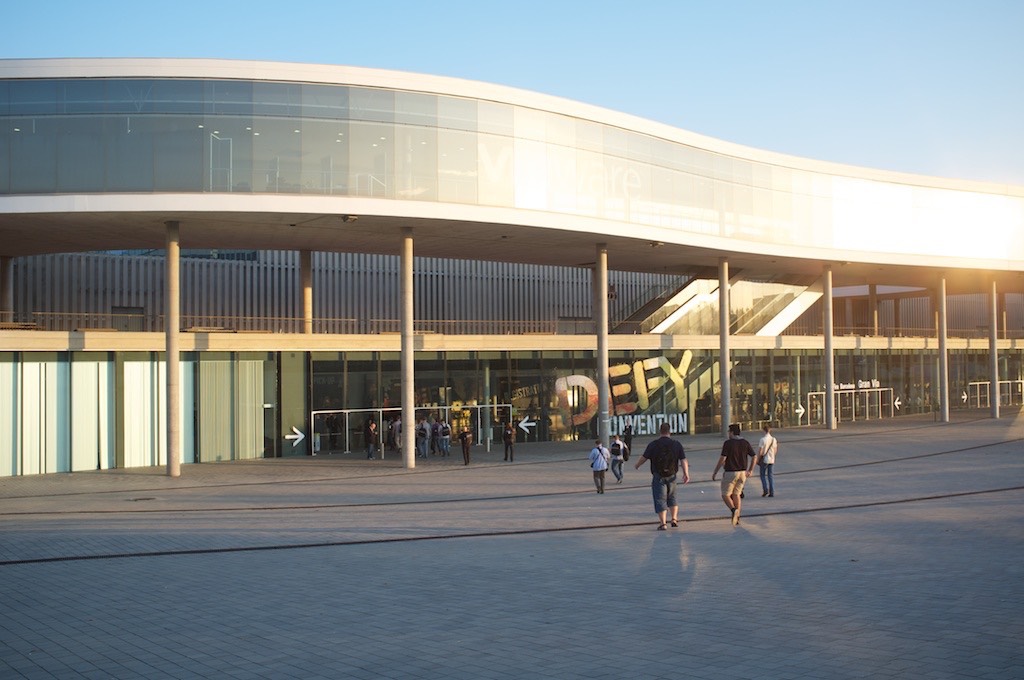vCenter 5.5 install fails during vCenter Server Directory Service installation
Today I was installing a new vCenter 5.5 server for a customer, on a freshly installed Windows Server 2012 VM, which would also be hosting the Micrsoft SQL database locally.
I had already joined the server to the domain and setup Micrsoft SQL Server 2012 SP1, and created the vCenter Database, and an accompanying System DSN, so I was ready to do the vCenter installation.
I chose to install using the Simple Install method, because… well this was a simple installation.
SSO, vSphere Web Client and Inventory Service all installed with any issues.
But during the vCenter Server installation, I got a error... Continue reading
